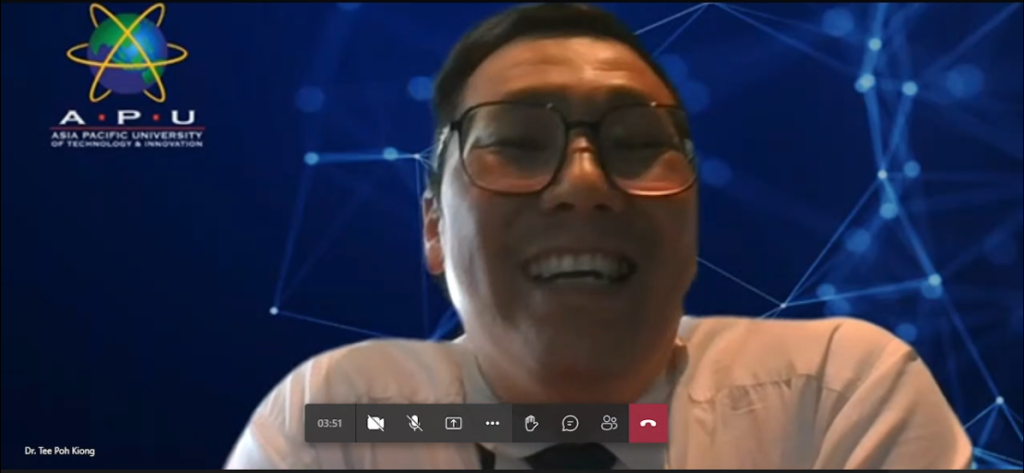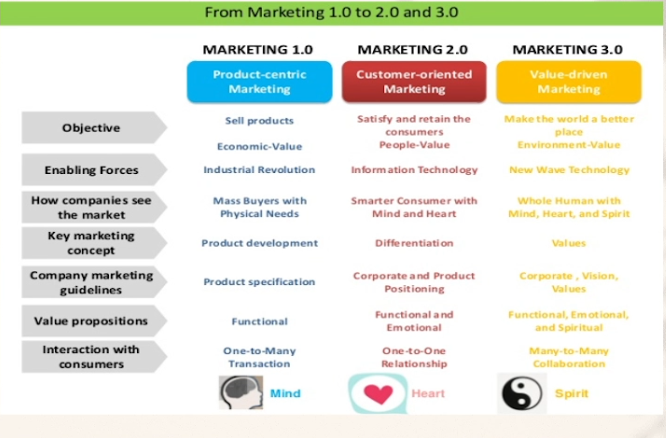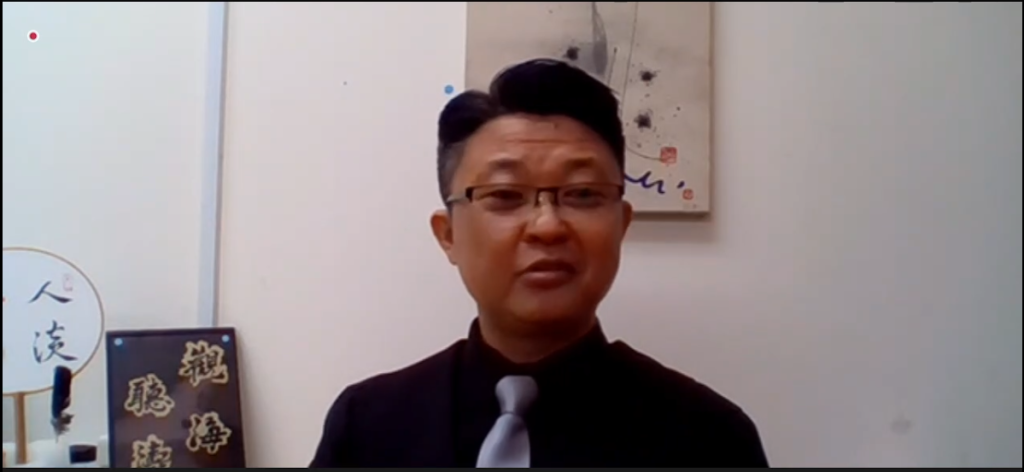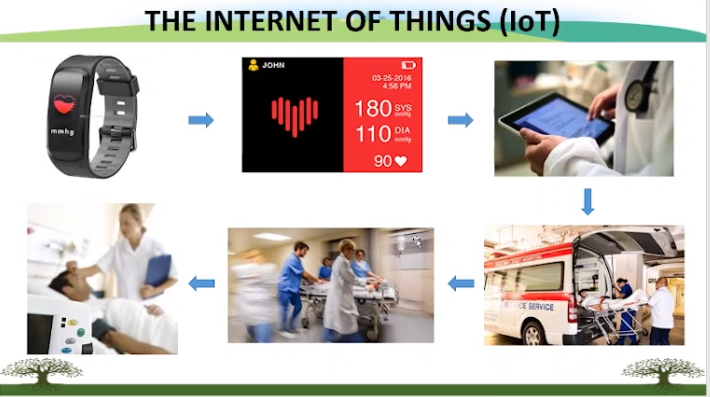By Rubendran Sathupathy
The virtual symposium on Innovation and Marketing Strategies aimed to discuss how innovation can drive marketing strategies via sustainability, new communication techniques, branding tactics, and communication drivers, was held on 26th October.
Dr. Tee Poh Kiong, Senior Lecturer at Asia Pacific University of Technology and Innovation, Malaysia presented “Reframing Marketing Strategy in the Age of Marketing 4.0.”, where he examined the evolution of marketing from marketing 1.0 to marketing 4.0.

He said the market has shifted from exclusive to inclusive, from vertical to horizontal, and from individual to social.
“Inclusive means the market has become more transparent and involves customers; horizontal means customers listen more to social media, friends, and family, not authority and marketers; and social means customers read reviews and opinions to make decisions,” Dr. Tee explained.
He added the Internet and social media have majorly influenced marketing.

“Marketing 4.0 is driven by digitalization. It combines online and offline interaction, digital and traditional marketing,” he said.
“With the move to marketing 4.0, the landscape has changed to customer community confirmation (virtual communities formed by customers). Brands must be dynamic and adapt to change.
“It has transformed from the 4P’s (Product, Price, Place, and Promotion) to the 4C’s (Co-creation (Collaborative process), Currency (Dynamic Pricing), Channel (Peer to Peer), and Conversation (Interactivity).”
Meanwhile, Dr. Sam Toong Hai, Associate Professor at INTI International University, Malaysia, discussed the Application of IoT in Business Industry.

“Internet of Things (IoT) is a network of things embedded with electronics, enabling objects to collect and exchange data. It is derived from the five senses (sight, hearing, touch, smell, and taste).
“There are four processes in the IoT architecture: collecting data, communicating with each other, analyzing data, and implementing data,” he clarified.
Dr. Sam mentioned that his student has a dragon fruit farm and uses IoT to monitor temperature data.
“Another example of IoT is smartwatches. They can observe your heartbeat and blood pressure rate to inform your doctor if there are any problems,” he said.

He also designed IoT drones for use in the oil palm industry. “They are used to detect fruit ripeness and automatically spray fertilizer and chemicals.”
